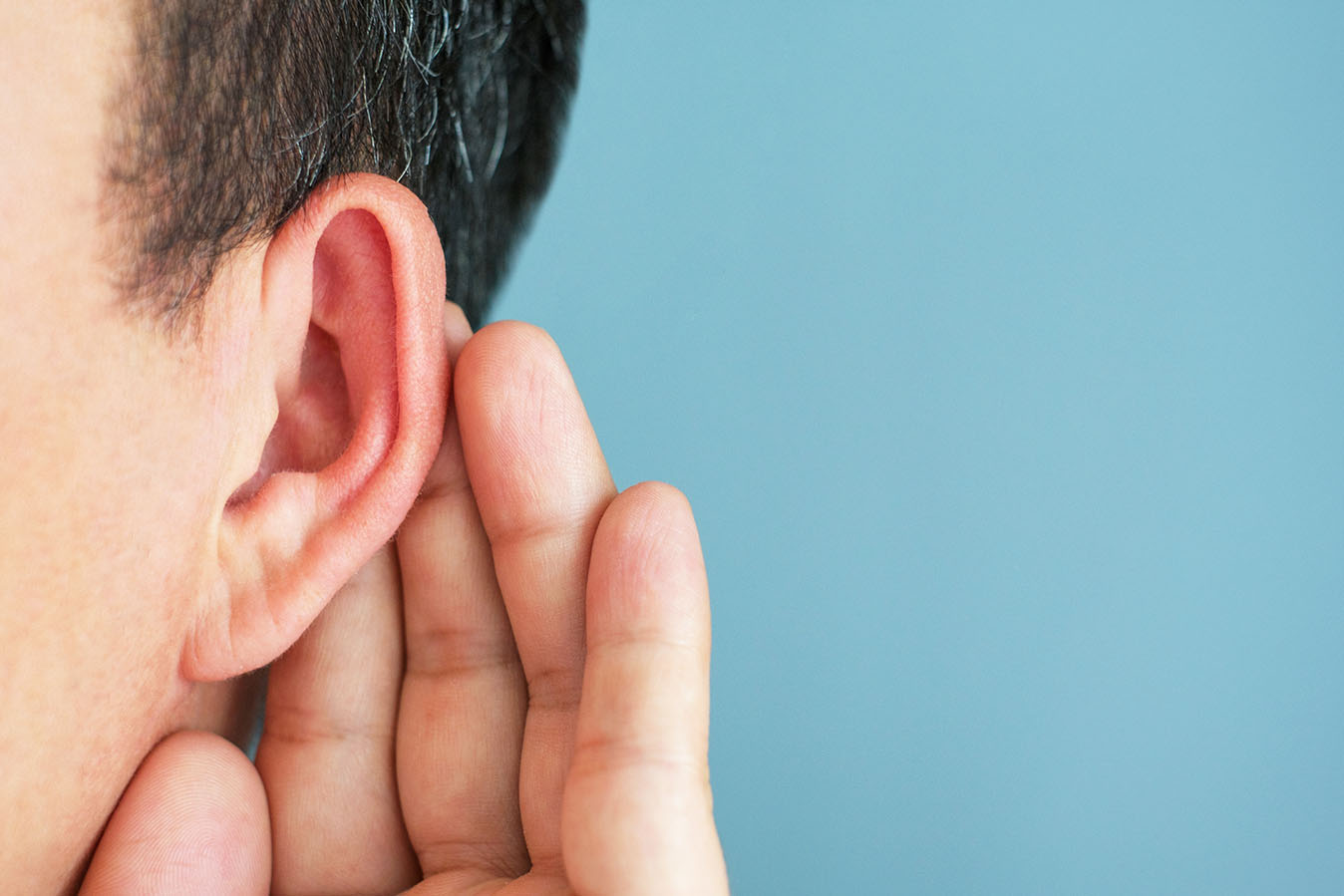In this new generation, Headphones play a vital role in day-to-day life activities such as traveling and commuting, operating out, or having fun at home, immersed in their international tracks or podcasts. But in addition to its entertainment value and benefits, concerns over their potential for hearing damage have emerged.
The Rise of Concerns
The risks associated with headphones and hearing loss have increased over time. Study reveals that extended headphone use has made people reevaluate their headphone usage tendencies.
Understanding Hearing Loss
Understanding the process of hearing loss is crucial before understanding how headphones affect hearing. According to the hearing aid center in Chennai, our ears are designed to process sound waves and convert them into electrical signals that our brains interpret as sound. However, prolonged exposure to loud noises can damage the ear’s structural components, leading to hearing loss.
The Misconceptions
The Major misconceptions of having severe hearing loss due to headphones. Let’s explore for most common ones:
Misconception 1: Headphones Always Cause Hearing Loss
One of the most widespread misconceptions of everyone is that wearing headphones will ultimately result in hearing loss. It’s true that over a longer time, greater exposure to loud sound can damage your hearing, however, not all headphones are made with the same quality.
Integrated volume-limiting features in modern headphones cap the maximum sound phase, minimizing the risk of overexposure to loud noises. Additionally, practicing secure listening behavior, such as taking breaks while listening through headphones at regular intervals and retaining the volume at a mild stage, can drastically avoid the risk of hearing loss.
Misconception 2: Only Over-Ear Headphones Pose a Risk
Another widespread misperception is that in-ear headphones are safe whereas basic over-ear headphones are dangerous to listen to. In reality, the risk of hearing loss is more influenced by the noise level than by the type of headphones you wear.
When used at high volumes, in-ear headphones—which are positioned directly within the ear canal—cause further harm because they direct sound waves toward the sensitive inner ear structures. By wearing headphones that fit properly and form a seal to exclude external sounds, the chance of harm can be reduced.
Misconception 3: Hearing Loss from Headphones Is Sudden
Most individuals think that wearing headphones causes hearing loss to occur abruptly. While exposure to extremely loud noises can be harmful initially, repeated exposure to high volumes over the years usually results in gradual hearing loss via headphones.
Due to the nature of headphones-induced hearing loss, it is possible to fail to recognize the condition until it has caused damage. Therefore, it’s imperative to take preventive measures early on to safeguard your hearing by developing secure listening practices.
Practicing Safe Listening Habits
Even though headphones may not directly cause hearing loss, improper listening practices can undoubtedly increase your risk. In order to protect your hearing when using headphones, the hearing aid center in Trichy offers the following advice:
1. Limit Exposure to Loud Sounds:
Usually, it’s extremely loud when you have to raise your voice to be heard over the sound originating from your headphones.
2. Take Breaks:
You should take regular ear breaks if you listen to sound on your headphones for extended periods of time. Take an hourly break and use the time to let your ears rest and heal.
3. Use Noise-Canceling Headphones:
With the use of noise-canceling headphones, you can reduce background sounds and focus at low volumes without adjusting for external noise.
4. Invest in High-Quality Audio:
Choose high-quality audio files or streaming services that deliver clear, crisp sound without the need for excessive volume levels.
5. Get Regular Hearing Checks:
Make routine appointments with an audiologist to assess your hearing sensitivity and identify any problems early on.
By following these suggestions and being aware of your listening behavior, you may enjoy the benefits of headphones without compromising your hearing health.
In contrast to scientific evidence, many of the reasons for the potential for hearing loss caused by headphones are based on myths and beliefs. Headphones will not cause any massive harm to your hearing when it is used properly with good care. However, it’s important to keep in mind that your listening practices and take the right steps to shield your ears. You can enjoy your preferred sounds and audio content without endangering your hearing by choosing high-quality headphones and maintaining optimal listening practices. When you’re experiencing the signs and symptoms of hearing loss, look for a hearing aid centre near me to discover the best centre for checking your listening functionality and preventing further damage.












